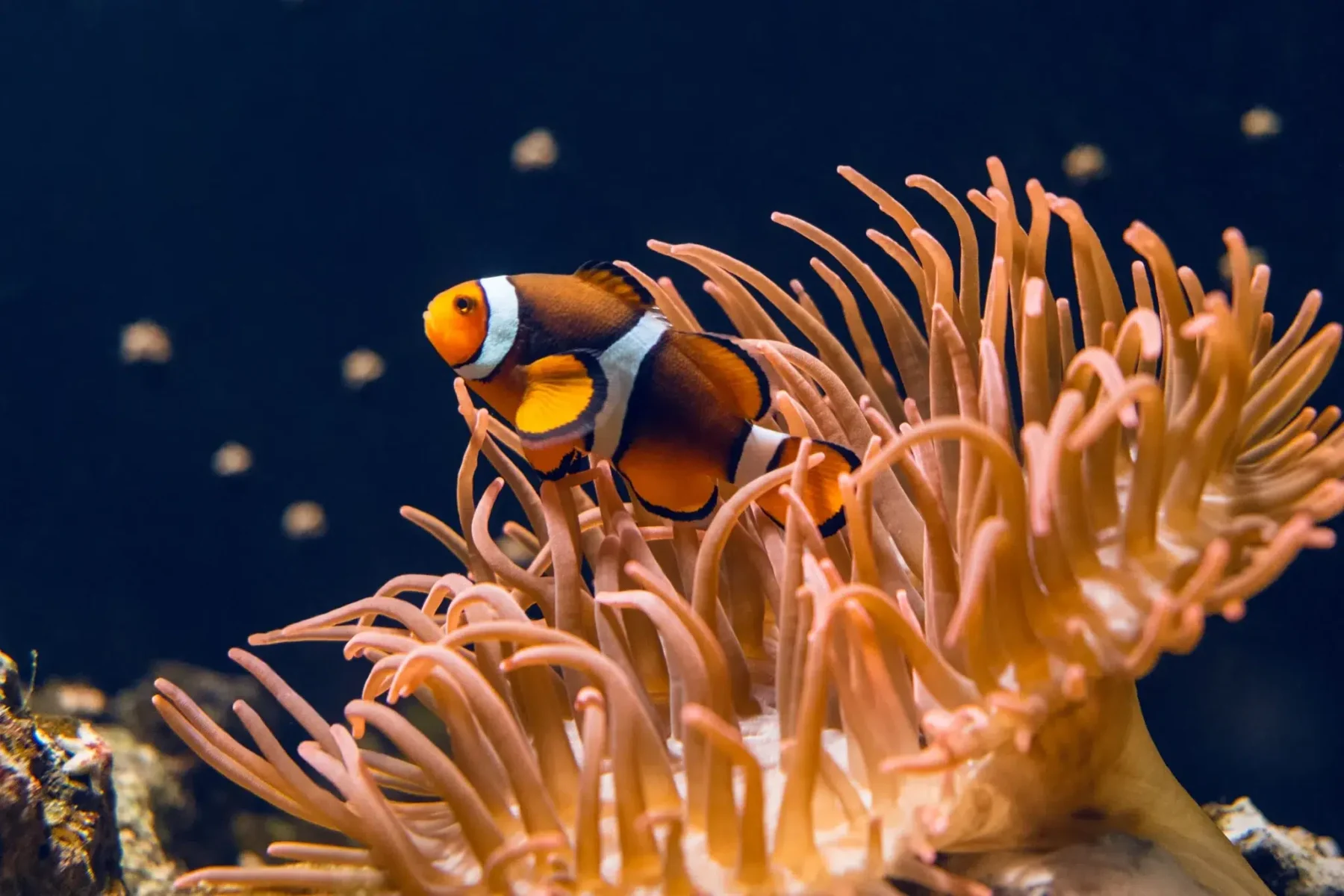4 out of 10 of coral reef species around the world are threatened with extinctionas indicated by the LRed List of Threatened Species of the International Union for the Conservation of Nature. These results were announced todayafter a global evaluation, andin the context of the UN climate conference COP29 held in Azerbaijan.
The conservation status of 892 warm-water reef-forming coral species has been re-evaluated for the IUCN Red List. The analysis shows that 44% are threatened. The last time his condition was evaluated by the IUCN Red List It was in 2008 and at that time a third was found to be endangered.
“As world leaders gather at the United Nations Climate Change Conference in… Baku“This global coral assessment vividly illustrates the serious impacts of our rapidly evolving climate on life on Earth and highlights the severity of the consequences,” said the Director-General of the International Union for the Conservation of Nature, Gretel Aguilar.
“Healthy ecosystems, such as coral reefs, are essential to human livelihoods: they provide food, stabilize coastlines and store carbon. The protecting our biodiversity It is not only vital to our well-being, but also critical to our survival. Climate change remains the greatest threat to these living things, devastating the natural systems on which we depend. We must take bold and decisive action to reduce greenhouse gas emissions if we want to ensure a sustainable future for humanity,” Aguilar added.
The assessments took into account the most recent update of the status of the corals of the Global Coral Reef Monitoring Network (GCRMN), along with current and future threats, such as the expected increase in warming events and major bleaching events, using data from the Intergovernmental Panel on Climate Change (IPCC, acronym in English) for future warming scenarios.
In addition to climate change and associated severe bleaching events, corals are also affected by other widespread threats, such as pollution, agricultural runoff, diseases and unsustainable fishing.
For example, staghorn coral (Acropora cervicornis) and elkhorn coral (Acropora palmata) are two critically endangered species in the Caribbean that have experienced significant declines due to increased warming, water pollution, hurricanes and the severe effects of coral diseases.
“We need to drastically reduce greenhouse gas emissions and take action to tackle local threats if we want coral reefs to have a chance to survive,” he said. Bet Polidorocoordinator of the Species Survival Commission (SSC) Red List of Corals International Union for the Conservation of Nature and associate professor at the School of Mathematical and Natural Sciences at Arizona State University (USA).
“By acting now, we can slow the pace of ocean warming and increase the chances corals adapt and survive in the long term. It’s not just about preserving the spectacular beauty of coral reefs. “These ecosystems also support coastal fishing communities, stabilize coastlines and coastal habitats, and help remove carbon from the ocean, among other things,” the report continues.
The most important solution to save corals from extinction is: reduce greenhouse gas emissionsaccompanied by actions to address other threats, to strengthen the species’ resilience. The evaluators also recommend more research into whether and how corals can adapt to warmer waters, with evidence of adaptation so far limited.
Corals are ‘victims’ of the climate crisis
“We have known for decades that coral reefs are on the front lines of the global climate and biodiversity crises, and this new result only confirms this. “If relevant decisions are not made by those with the power to change this trajectory, we will see greater loss of reefs and the gradual disappearance of coral species on ever greater scales,” he noted. David Oburaco-chair of the CSE choral specialist group of the International Union for the Conservation of Nature.
Most corals are found throughout the Indo-Pacific. The Global Assessment of Reef-Building Corals includes: 85 species of Atlantic corals highlighted in an article also published today by the magazine PLOS One. Species in this region are particularly threatened due to severe annual bleaching events, pollution and disease impacts.
Evaluation of the ‘Red List’ for cold-water corals
The current global assessment covers all coral reefs that occur in shallow, warm-water habitats and form the colorful reefs seen in tropical and subtropical ocean regions. The evaluations of the Red List on cold water coralswhich occur in shallow waters around the world and are not dependent on sunlight, are ongoing.
To date, twenty-two species of cold-water corals have been evaluated out of a total of more than 4,000. The main threats These types include fishing activities, in particular bottom trawling, deep-sea mining, oil and gas drilling, or deep-sea cable laying. An example of an endangered deep-sea coral is the stony coral (Desmophyllum pertusum), which was assessed as vulnerable. Future acidification and ocean warming due to climate change also pose a threat.
“Marine species are threatened by climate change and human activities, but the impact is sometimes hidden; “The condition of the corals highlights this and also shows how important it is to expand the Red List to include more species from the oceans,” the professor said. Julia SigwartHead of Malacology at the Senckenberg Research Institute and Museum, a Red List partner.
Coral reefs have been built over tens of thousands of years They are the most biodiverse marine ecosystems. Climate change is causing rising water temperatures and more intense solar radiation, leading to coral bleaching and disease, often resulting in mass coral death. Reefs have a symbiotic relationship with algae called zooxanthellae, which give corals their bright colors. Bleaching is the result of a stress response to increased water temperature, expelling algae from the tissues.

